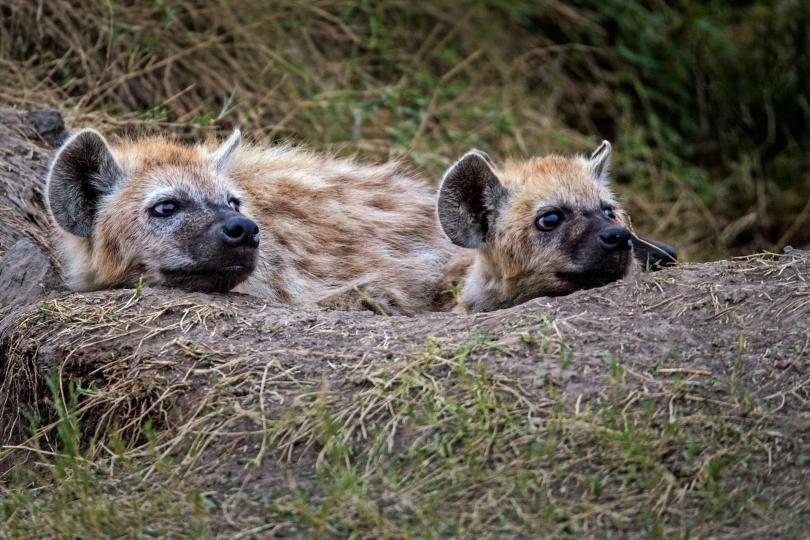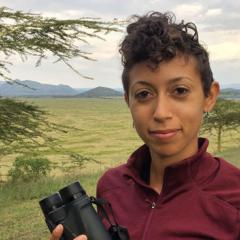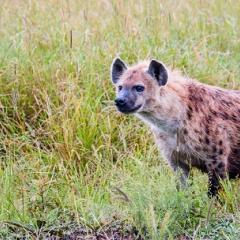Wilkinson hyena research featured in National Geographic cover story
National Geographic’s March 2024 cover story delves into the life and recent science around the spotted hyena: “Africa’s most successful predator - and one of its most misunderstood animals.”
Christine Wilkinson is part of a network of researchers working to yield “greater understanding, respect and protection” for this species. Her focus is on hyenas in Kenya’s Lake Nakuru National Park, specifically exploring the conflict interactions between humans and hyenas.
When you are interviewing people here, asking them about their experiences of conflict,” Wilkinson says, “hyenas come out on top in almost every conversation that you have.”
Through GPS collaring, Wilkinson has demonstrated “how readily spotted hyenas adapt to living alongside humans and how they can deftly tackle roadblocks, such as finding work-arounds in fences that people rely on to keep them out.”
The story highlights many researchers that are illuminating hyena’s intelligence, resilience, success as hunters and “disease-control service”, going against the common misconception that hyenas are dumb, evil vermin.
Wilkinson says that “conservationists are now “trying to shift the narrative from conflicts to benefits,” which have been historically underrated.”
“The biggest obstacle to hyena conservation,” says another hyena researcher, Kay Holekamp, “is that people don’t like hyenas.”
Read the full story in National Geographic, and a research review “of the global research on Hyaenidae and implications for conservation and management” recently published in Mammal Review by Wilkinson to learn more.



![A coyote runs across a street near pedestrians in Golden Gate Park, San Francisco. Photo credit: Stephen Riffle [Twitter: @EyaSpectre]](/sites/default/files/styles/1x1_x_small/public/images/coyote%20and%20joggers_Stephen%20Riffle_Twitter_EyaSpectre.jpg?h=a4df990e&itok=WYj8Lq6o)